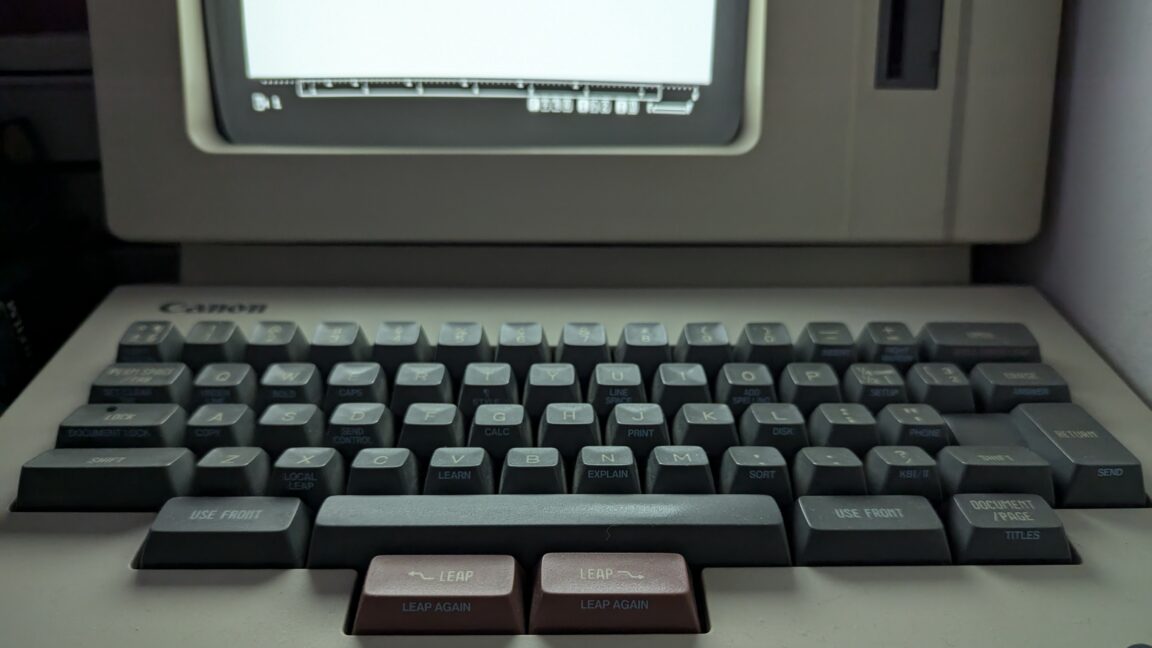Jef Raskin, a visionary in human-computer interaction (HCI), championed a design philosophy prioritizing user-friendliness and efficiency. While his ideas weren't fully realized in mainstream computing, exploring his creations through emulation offers a fascinating glimpse into an alternative computing landscape. This article guides you through emulating three key projects showcasing Raskin's humane interface principles: the Canon Cat, the SwyftCard, and the Humane Environment (later Archy).

The Canon Cat, a Motorola 68000-based word processor, stands out for its keyboard-only interface, eliminating the need for a mouse. Emulation via MAME (Multiple Arcade Machine Emulator) allows interaction with this unique system. While the MAME driver has limitations (lack of floppy disk support and serial port functionality), it provides a strong sense of the Cat's innovative design. Note that a workaround is needed to disable the beeper to prevent emulator freezes. The Internet Archive provides the necessary ROMs and documentation for a rewarding hands-on experience.
Preceding the Canon Cat, Raskin's involvement with the SwyftCard for the Apple IIe offers another opportunity to explore his keyboard-centric approach. While building a physical clone is possible, a software implementation by Eric Rangell provides a much simpler path to emulation. This software runs on most Apple IIe emulators, recreating the SwyftCard's single-workspace editor and distinctive LEAP and USE FRONT key functionalities. The Internet Archive hosts this software, along with disk images and documentation, for easy access and setup. Understanding the unique key commands and two-phased cursor system is key to mastering this innovative text editor.
Finally, Raskin's Humane Environment (THE), later renamed Archy, presents a more sophisticated software implementation of his interface philosophy. Early builds, available through SourceForge, run on classic Mac OS and offer a compelling demonstration of THE's single-workspace editor and Humane Quasimode, a command-line interface for navigation and manipulation. This system features innovative features such as a deletion document for recovering accidentally deleted text and the ability to execute Python code directly within the editor. Later Windows versions (Archy) offer a more refined experience with features like voiceovers for tutorials, improved command completion and enhanced API.
By exploring these emulated systems, you can directly experience Raskin's contributions to HCI and ponder how his vision of a more humane computing experience might have shaped the technology we use today. Although these projects represent a significant divergence from the mouse-driven interfaces that have become dominant, they serve as a powerful reminder of alternative approaches and the enduring quest for a more user-centered computing environment.
---
Originally published at: https://arstechnica.com/gadgets/2025/09/your-very-own-humane-interface-try-jef-raskins-ideas-at-home/
